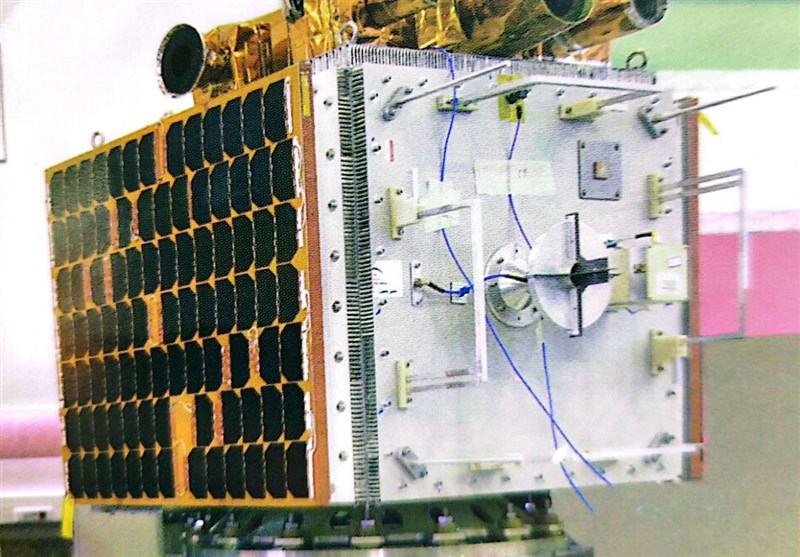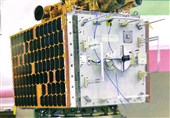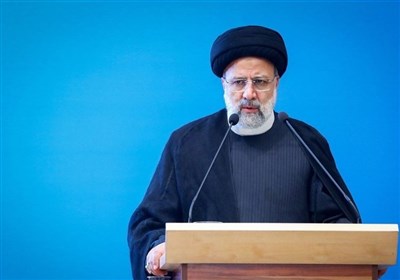Iran Successfully Launches Pars-1 Satellite into Orbit
TEHRAN (Tasnim) – Iran successfully launched its Pars-1 research and remote sensing satellite into orbit, placing it 500 kilometers above Earth’s surface.
The satellite was launched from Russia's Vostochny Cosmodrome spaceport using a Soyuz launcher, marking a significant milestone in Iran's space program.
The Pars-1 satellite weighs 134 kilograms and is equipped with three imaging cameras. The design, construction, assembly, and testing phases of the research satellite Pars-1 were completed at the Iranian Space Research Institute.
The satellite's primary mission includes practical imaging, developing the market for domestic remote sensing data, and testing technologies for future operational satellites.
Pars-1's capabilities allow it to image 95% of Iran's territory in less than 100 days, with its thermal infrared camera capable of imaging the entire country in less than 45 days, even at night.
The Pars-1 satellite is also tasked with several other missions, including testing the functionality of deployable solar panels, assessing orbit correction using cold gas thrusters, evaluating independent satellite positioning capabilities without GPS through indigenous methods, examining the effectiveness of power generation, conversion, and distribution systems in orbit utilizing deployable solar panels and home-made batteries, conducting high-rate image data transmission in the X-band frequency, and measuring space radiation levels in orbit using a dedicated dosimeter payload.
The technologies integrated into the Pars-1 satellite encompass a communication link operating in the V/UHF frequency band, a wideband communication link in the S-band frequency band, a communication link in the X-band frequency band, GPS and ODS position determination sensors, solar and star sensors, a magnetometer sensor, a gyroscopic sensor, space radiation measurement sensors, a thermal tube, hardware components, and software structures for managing various operational modes and solar panels. These technological advancements will serve as the foundation for the country's forthcoming operational satellites.






